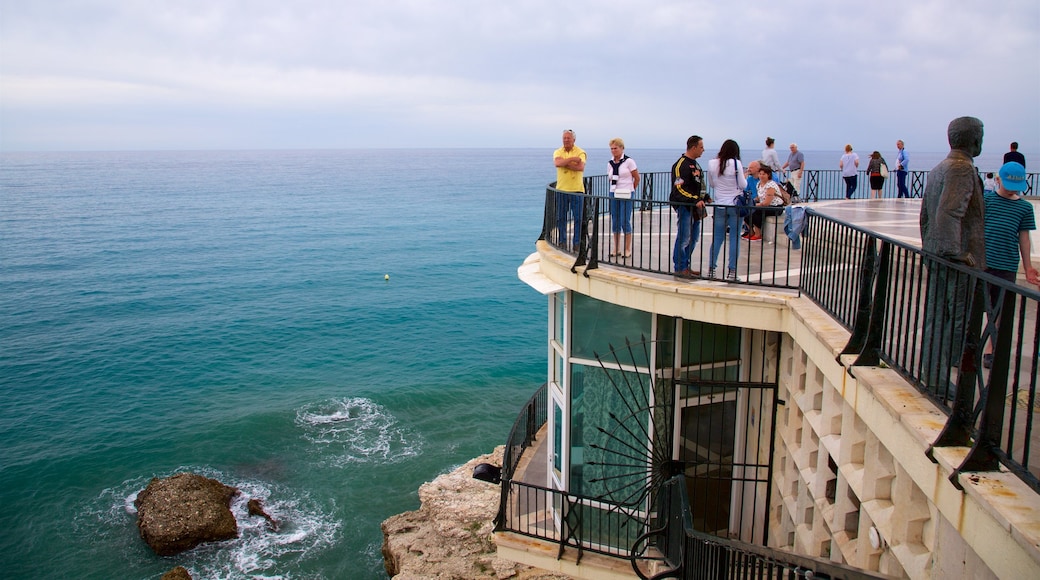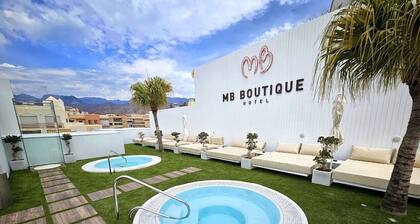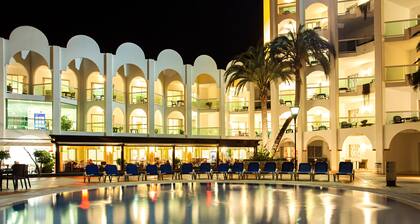The Balcón de Europa (Balcony of Europe) is both one of Nerja’s most recognizable landmarks and a popular gathering place. Visit this terrace and observation deck to enjoy uninterrupted views of the town’s coastline, its mountain backdrop and picturesque sunsets. Spot statues and historical relics, be entertained by street performers and attend open-air live music performances.
Look for the Balcón de Europa on a tall outcrop at the edge of Nerja’s town center. It was once the watchtower of an Arabic stronghold built to defend against pirate attacks. Look for the two cannons, recovered from the wreckage of a battle that destroyed the original fortress in 1812. King Alfonso XII gave the landmark its name after an official visit in 1885. A life-size statue of the former Spanish king commemorates the event.
Stand at the waterfront side of the terrace and gaze out across the glistening Mediterranean Sea. Peer down onto town beaches such as Calahonda Beach and Salon Beach. Public telescopes provide clearer views of the rocky coastline. Look back over the town’s rooftops and toward the high peaks of the Sierra Almijara mountain range.
Stretching out in front of the terrace is Paseo Balcón de Europa, an elegant, palm-shaded and pedestrian-only promenade. Relax and people-watch from the comfort of a bench or a café patio. Join the crowds that meet here in the evenings to be amused by street performers and watch the sunset.
Many of the town’s festivals start and finish at the Balcón de Europa. Among these is May’s Fiesta de San Isidro, a celebration of the patron saint of farmers, accompanied by concerts and flamboyant parades.
Signposts point the direction to this site from almost all areas of Nerja. It’s about a 15-minute walk from the town’s main bus terminal. If you arrive by car, park in the garage at nearby Plaza de España.
Combine your time at the Balcón de Europa with a visit to the 17th-century Church of El Salvador. Afterward, follow the steps down from the promenade and walk around the base of the craggy promontory.










